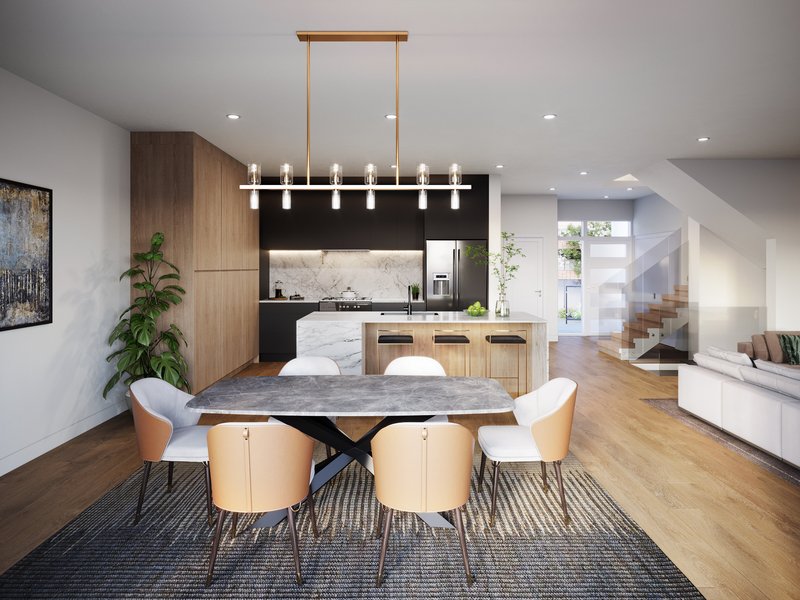Streamlining Budgets and Reducing Errors: The Power of 3D Rendering in Interior Design Cost Estimation
In the world of interior design, achieving the perfect balance between aesthetic appeal and financial feasibility is crucial. The process of cost estimation is a critical component, and it is often complex and susceptible to errors. The task can quickly become daunting with an array of variables to consider, including materials, labour, furniture, fixtures, and unforeseen costs. However, advancements in technology, particularly the development of 3D rendering, have streamlined this process, reducing errors and ensuring accurate cost estimation.
Traditional Methods of Cost Estimation in Interior Design
Traditionally, cost estimation in interior design involved manual processes, including the creation of itemized lists, and often, educated guesses. Designers would need to consult different sources, such as contractors, vendors, and past project data to come up with an estimate. This process was time-consuming, labour-intensive, and prone to human error.
Inaccurate cost estimates could lead to project delays, budget overruns, and a decrease in client trust. Therefore, there was a pressing need for more reliable and efficient tools for cost estimation in interior design.
Enter 3D Rendering
3D rendering has revolutionized many aspects of interior design, and cost estimation is no exception. This technology allows designers to create realistic, three-dimensional visualizations of their design concepts. These detailed renderings can include every aspect of a space, from the largest furniture pieces to the smallest decor items.
By providing a comprehensive visualization of the proposed design, 3D rendering aids the process of cost estimation in several ways:
Accurate Quantification of Materials
One of the primary benefits of 3D rendering in cost estimation is its ability to accurately quantify materials. As the design is modelled in three dimensions, the software can automatically calculate the amount of each material required, such as flooring, wall coverings, and countertops. This saves time and reduces the likelihood of overestimation or underestimation, leading to more accurate budgets.
Detailed Representation of Furniture and Fixtures

3D renderings can include detailed models of furniture and fixtures. Designers can input specific items from suppliers' catalogues, allowing for accurate costing. Any changes to the design can be easily made in the 3D model, and the effect on the overall cost can be immediately evaluated. This ability to explore different design options and their cost implications can lead to more cost-effective design solutions.
Reduced Errors and Revisions
The level of detail and realism in 3D renderings can reduce errors and revisions during construction. Visualizing the design allows potential issues to be identified and resolved before construction begins. This can save significant time and money by reducing the need for costly changes or corrections during the project.
Improved Client Communication
3D renderings can also improve communication with clients. By showing clients a realistic visualization of the proposed design, they can better understand the design and its associated costs. This can help manage their expectations and ensure their satisfaction with the result. In addition, it can reduce the likelihood of last-minute changes, disrupting the project schedule and increasing costs.
The Future of Cost Estimation with 3D Rendering
As 3D rendering technology continues to advance, its role in cost estimation will become even more significant. Future developments may include integration with artificial intelligence and machine learning, which could automate and optimize the cost estimation process. In addition, augmented reality (AR) and virtual reality (VR) could further enhance the visualization capabilities of 3D rendering, providing clients with a more immersive understanding of the design and its costs.
Conclusion
3D rendering is a powerful tool for cost estimation in interior design. Providing a detailed and realistic visualization of the design allows for accurate quantification of materials, improved client communication, and reduced errors and revisions. As this technology continues to evolve, it promises to make the process of cost estimation even more efficient and reliable, ensuring that projects are delivered on time and within budget.
Our Services
View some of our most popular services below.











